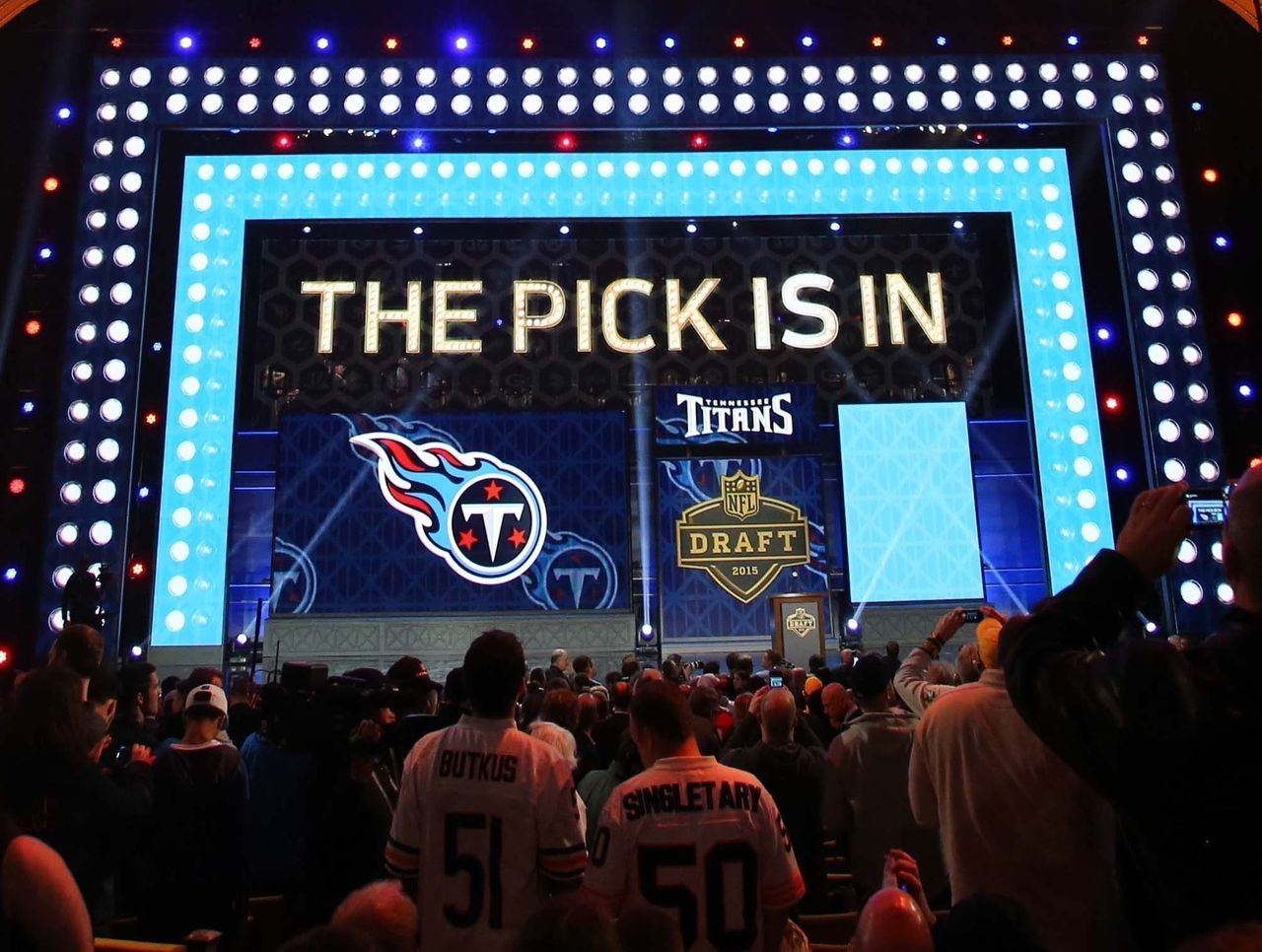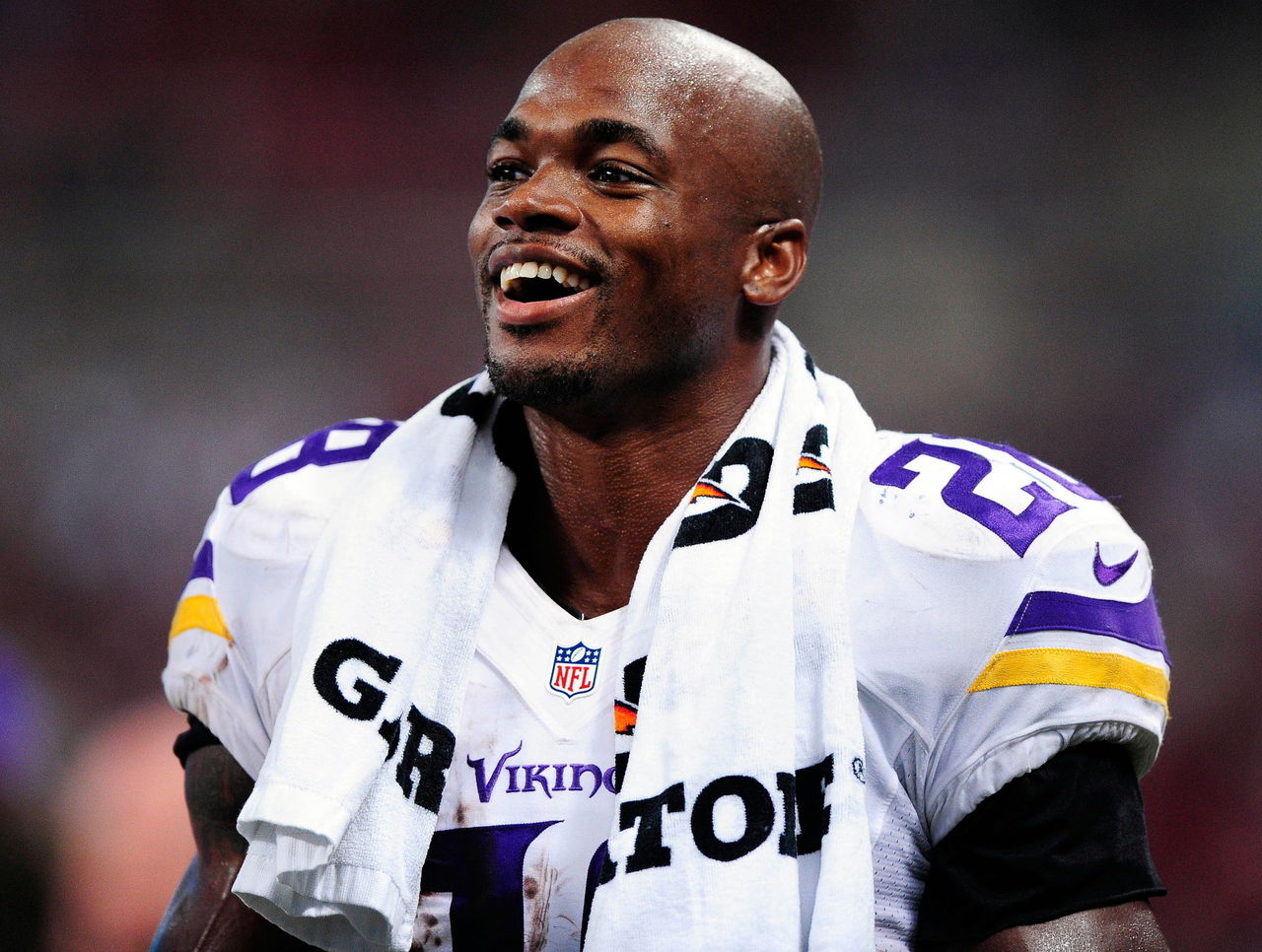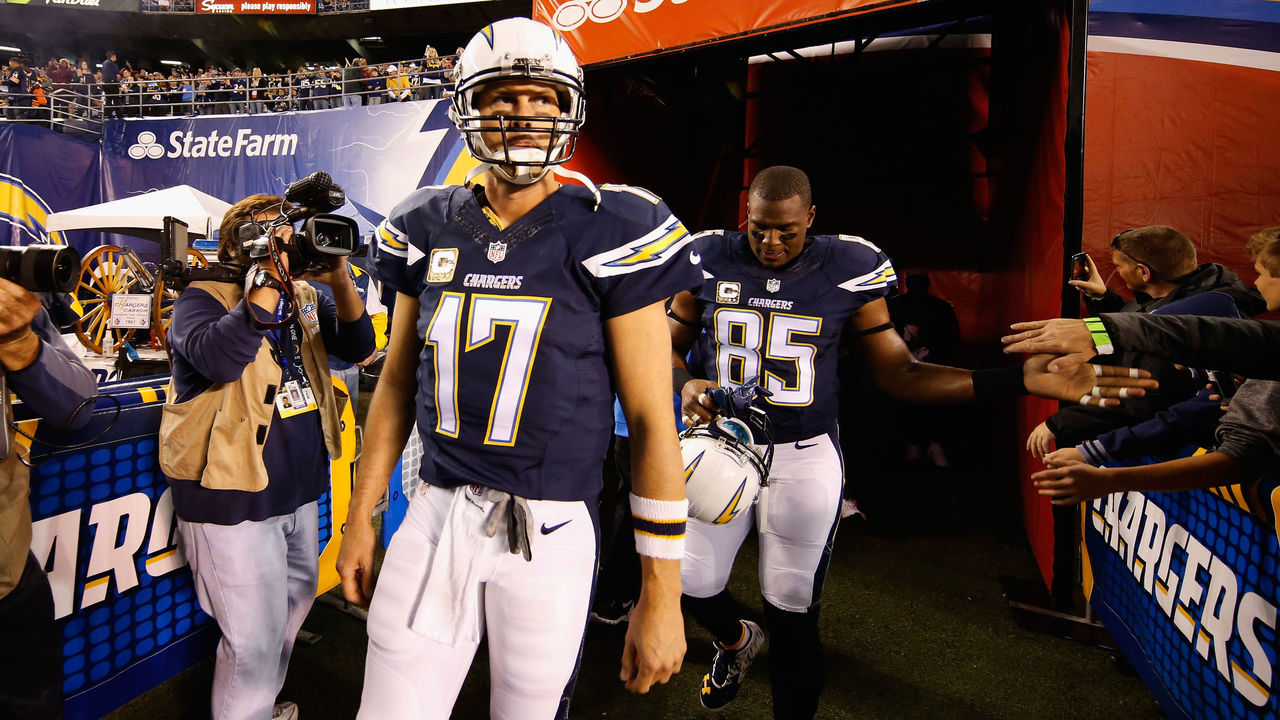Don't do that! Common draft mistakes to avoid
Draft day is one of the best days of the year for fantasy players. It is often a "make it or break it" few hours that you will either praise in a few months' time or rue in as little as four or five weeks.
Whether it's poor preparation or rash decisions, there are a few common draft mistakes that can be avoided. Here are four overarching pointers to keep in mind come draft day.

Failure to Mock
Preparation is key. And in fantasy football, that preparation comes in the form of mock drafts. While some complain that mock drafts are exhaustive and time-consuming, there are plenty of sites that offer five-minute automated simulations as well as the standard human-run formats.
Taking part in mock drafts will not only help ease the nerves on the actual draft day, it will also help you figure out which players you want to target at certain parts of the draft. When going through mock drafts, you should look to pick from as many different draft slots as you can, so that you'll know what to expect no matter where your actual draft spot sits.
If that sounds too time consuming, try taking part in three separate mocks and give yourself an early, middle, and late first-round pick. Going through the draft in these different positions will show you which players are more likely to be available at each of your spots and reveal potential issues or advantages you may face come draft day.

Taking early-round risk
Drafters often let preseason hype lure them into making risky picks in the early rounds. Often times, these decisions result in regret weeks later. To best guarantee a solid return on your early-round picks, drafters should be going with high-floor players. Finding hidden value in the early rounds is difficult, while high-risk first- or second-round busts pop up every season.
Players that stand out as riskier early-round selections this year include include Ezekiel Elliot and David Johnson. Elliott and Johnson both have plenty of talent and solid fantasy environments, but their sparse or non-existent NFL track records aren't exactly reassuring.
On the other hand, Minnesota RB Adrian Peterson has been a beacon of consistency, finishing as a top-10 fantasy player in each of the eight seasons in which he has played more than one game. Should drafters be stuck between potential and proven production, taking the safer play in the early rounds limits the possibility of future regret.
It may be boring to select Peterson over Elliott or Johnson, but any player that has selected Peterson since 2007 hasn't had to worry about a thing outside of his abbreviated 2014 campaign.

Getting caught on the wrong side of a positional run
Unless you have a distinct strategy, drafters can often find themselves panicking when the inevitable run on QBs, TEs, or D/STs begins.
The drafters most disadvantaged by a positional run are those picking at the front or back of their respective draft orders. Unlike those with a mid-round pick, these players can sometimes wait up to 22 selections between turns. By that time, the landscape of any position can change dramatically.
In order to avoid being stuck by a positional run, these drafters need to be conscious of their competitor's selections and anticipate who may or may not be available assuming they have to wait 20 or more choices before the draft comes back to them.

For example, a drafter picking second overall in a 12-team draft would choose second, 23rd, 26th, 47th, 50th, and 71st overall. With the top tier of TEs likely to go between 40 and 70, this owner should be aware of a potential run between their third and fifth picks. A positional run here would be even more likely, since most of the other owners won't have selected a TE by pick 40.
In this scenario, the drafter should spend either the 47th or 50th pick on a tight end to secure a legitimate option at the position. Come his next choice, 71st overall, it's safe to assume he or she would be left picking from the scraps at tight end.

Ignoring the relation between positional depth and ADP
ADP (average draft position) often plays heavily into draft day selections. For better or worse, drafters rely on these rankings to decide whether they are making a smart selection.
But while ADP is a helpful guideline, players should be looking into the depth at each fantasy position before deciding how much weight they put into a player's anointed ADP. This season, the QB and TE positions offer interesting insights as to how ADP and positional depth relate.
At quarterback, there are six options with an ADP above 55 heading into the 2016 season. But last year, 15 of the top 20 QBs came from outside of that sextet. Though ADPs may convince you a player needs to be selected at a certain point, last year's final QB rankings showed that value plays can be plentiful for those willing to settle for an option just below the top tier.
This year, the tight end position also shows that a handful of value plays are available in the latter portions of the draft. While the first tier of tight ends will go between picks 40-75, later options include Gary Barnidge, Ladarius Green, Zach Ertz, Julius Thomas and Antonio Gates. Last season, Barnidge, Ertz, and Gates finished second, 10th, and 11th, respectively, in overall TE scoring.